Reincarnation colosseum chapter 6 – In the heart of ancient Rome, where gladiators fought for survival and the Colosseum stood as a testament to both violence and renewal, reincarnation took on a unique and profound significance. Join us as we delve into Chapter 6 of the novel “Reincarnation,” where the author weaves a captivating tale of transformation, symbolism, and the eternal cycle of life and death.
From the architectural features of the Colosseum to the gladiatorial contests that unfolded within its walls, we’ll explore how this iconic structure became a symbol of reincarnation, a place where death and rebirth intertwined in a mesmerizing dance.
Reincarnation in Ancient Rome
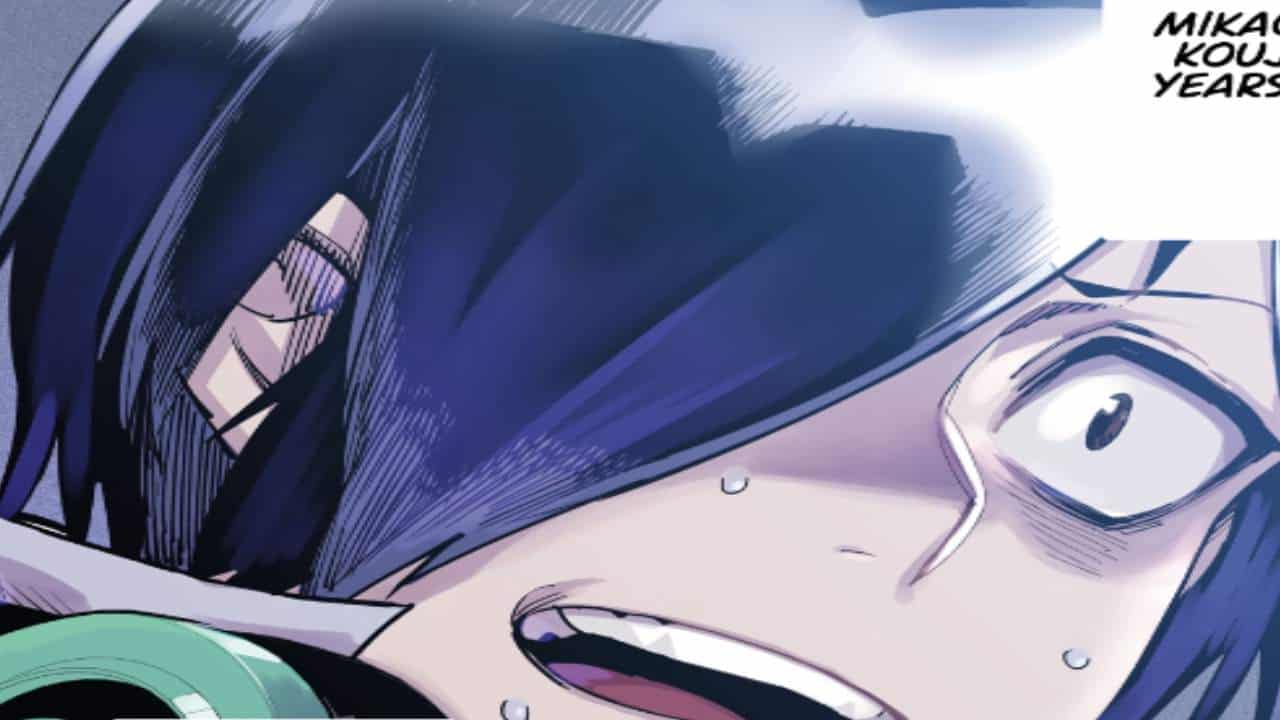
The concept of reincarnation, the belief that a soul or spirit can be reborn into a new body after death, has been a prevalent idea in various cultures and religions throughout history. In ancient Rome, reincarnation was a significant belief system that influenced religious practices and rituals.
The Romans were heavily influenced by Greek and Egyptian religious beliefs, both of which held strong notions of reincarnation. The Greek concept of metempsychosis, the transmigration of souls into new bodies, was particularly influential in shaping Roman beliefs about reincarnation.
Influence of Greek and Egyptian Beliefs
The Greeks believed that the soul was immortal and would undergo a cycle of rebirth after death. Depending on one’s actions in life, the soul could be reborn into a higher or lower form of existence. This belief was reflected in Roman mythology, where heroes and gods were often depicted as having been reborn multiple times.
The Egyptians also believed in reincarnation, with their concept of the Ba and Ka. The Ba was the immortal soul that would leave the body after death and journey to the afterlife. The Ka was the life force that would remain with the body and could be reborn into a new body.
Intertwined with Roman Religious Practices
The concept of reincarnation was closely intertwined with Roman religious practices and rituals. The Romans believed that the dead could communicate with the living through dreams and visions, and that their spirits could influence the lives of their descendants. This led to the practice of ancestor worship, where the Romans would make offerings and prayers to their deceased loved ones in order to gain their favor and protection.
The Romans also believed that reincarnation could be a form of punishment for sins committed in a previous life. This belief led to the practice of expiation, where individuals would perform rituals and sacrifices to atone for their past misdeeds and improve their chances of being reborn into a better life.
The Colosseum as a Symbol of Reincarnation
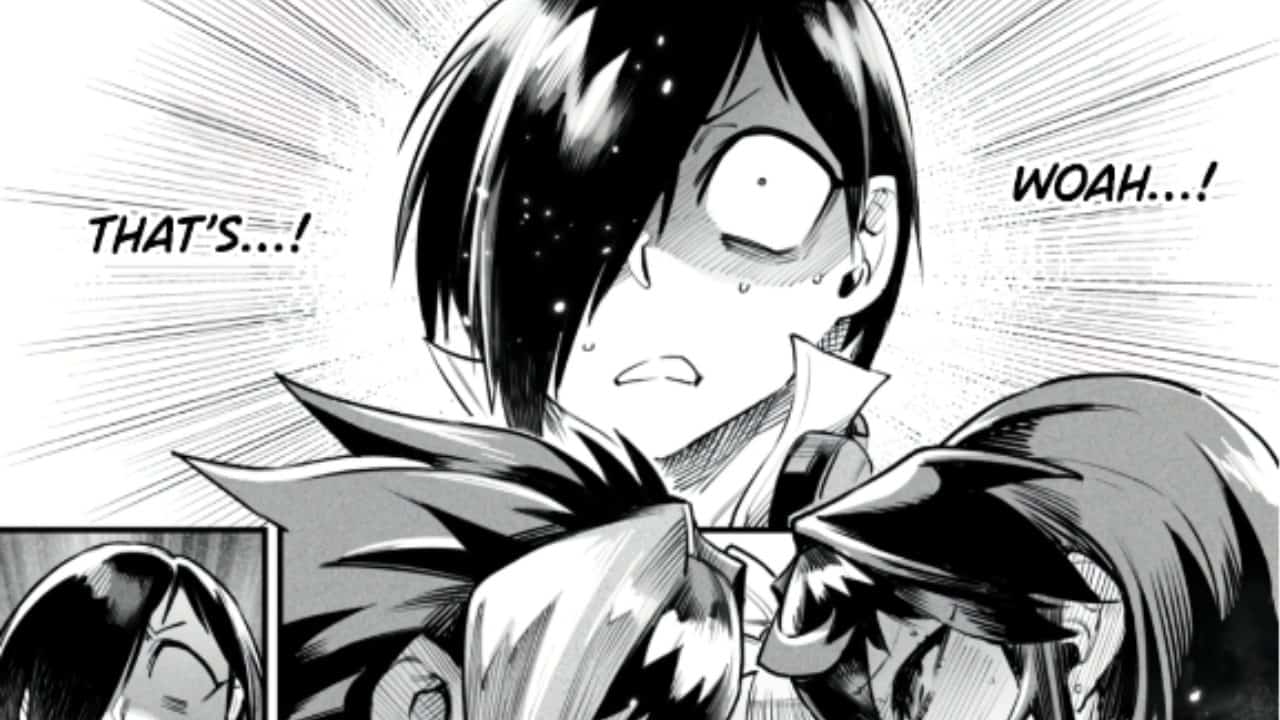
The Colosseum, an iconic amphitheater in Rome, stands as a potent symbol of reincarnation, embodying themes of death, rebirth, and the cyclical nature of existence. Its architectural grandeur and the gladiatorial contests held within its walls evoke a profound sense of renewal and transformation.
If you’re a fan of the “Reincarnation Colosseum” series, you’ll be excited to know that chapter 6 is now available! In this chapter, the protagonist faces off against a formidable opponent in a battle that will test his limits. If you’re looking for a thrilling and immersive read, be sure to check out isekai ntr chapter 40 today.
After reading that, come back and continue the adventure in “Reincarnation Colosseum” chapter 6. You won’t be disappointed!
Architectural Features
The Colosseum’s elliptical shape represents the cycle of life, death, and rebirth. Its four levels, each with a different architectural style, symbolize the stages of human existence: birth, youth, adulthood, and old age. The underground chambers beneath the arena, where gladiators prepared for battle, evoke the realm of the dead.
Gladiatorial Contests, Reincarnation colosseum chapter 6
Gladiatorial contests were not merely spectacles of violence but also symbolic enactments of death and rebirth. Gladiators, often slaves or prisoners of war, entered the arena as condemned men but had the chance to redeem themselves through combat. Their battles represented the struggle against adversity and the possibility of a new beginning.
Site of Violence and Renewal
The Colosseum witnessed countless acts of violence and bloodshed, yet it also became a site of renewal and hope. Gladiators who survived the arena were celebrated as heroes and given a chance to start anew. The amphitheater itself was constantly rebuilt and renovated, reflecting the cyclical nature of life and the enduring spirit of Rome.
Literary Interpretations of Reincarnation in “Chapter 6”
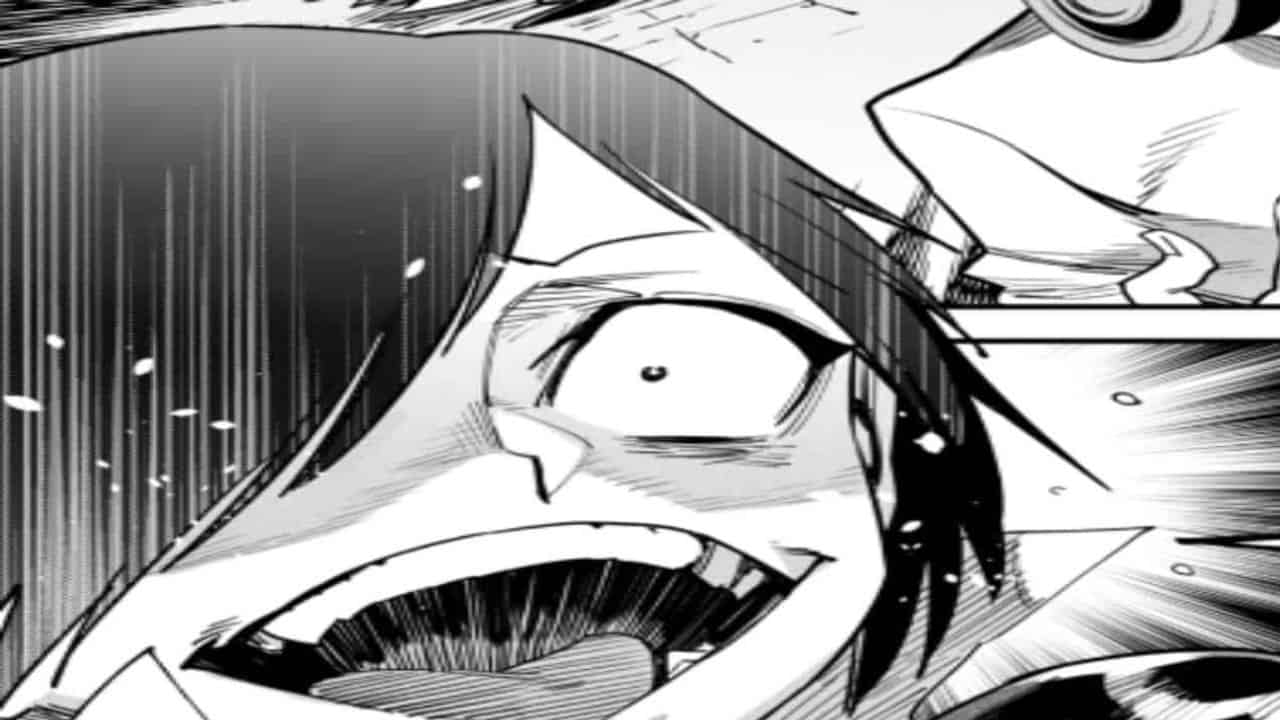
Chapter 6 of the novel “Reincarnation” presents a profound exploration of the transformative nature of reincarnation. The author skillfully weaves together symbolism and imagery to convey the themes of rebirth and spiritual evolution.
Symbolism and Imagery
The novel’s portrayal of reincarnation as a transformative experience is evident in the use of symbolism and imagery. The protagonist’s journey through the Colosseum, a symbol of both death and rebirth, represents the cycle of life and the constant evolution of the soul.
The gladiators, who fight and die in the arena, symbolize the struggles and challenges that each soul must face on its path to enlightenment. Their deaths represent the shedding of old ways and the rebirth into a new existence.
The presence of a phoenix, a mythical creature associated with rebirth, further reinforces the theme of reincarnation. The phoenix’s ability to rise from its own ashes symbolizes the soul’s ability to overcome adversity and emerge stronger from its experiences.
Philosophical and Ethical Implications of Reincarnation: Reincarnation Colosseum Chapter 6
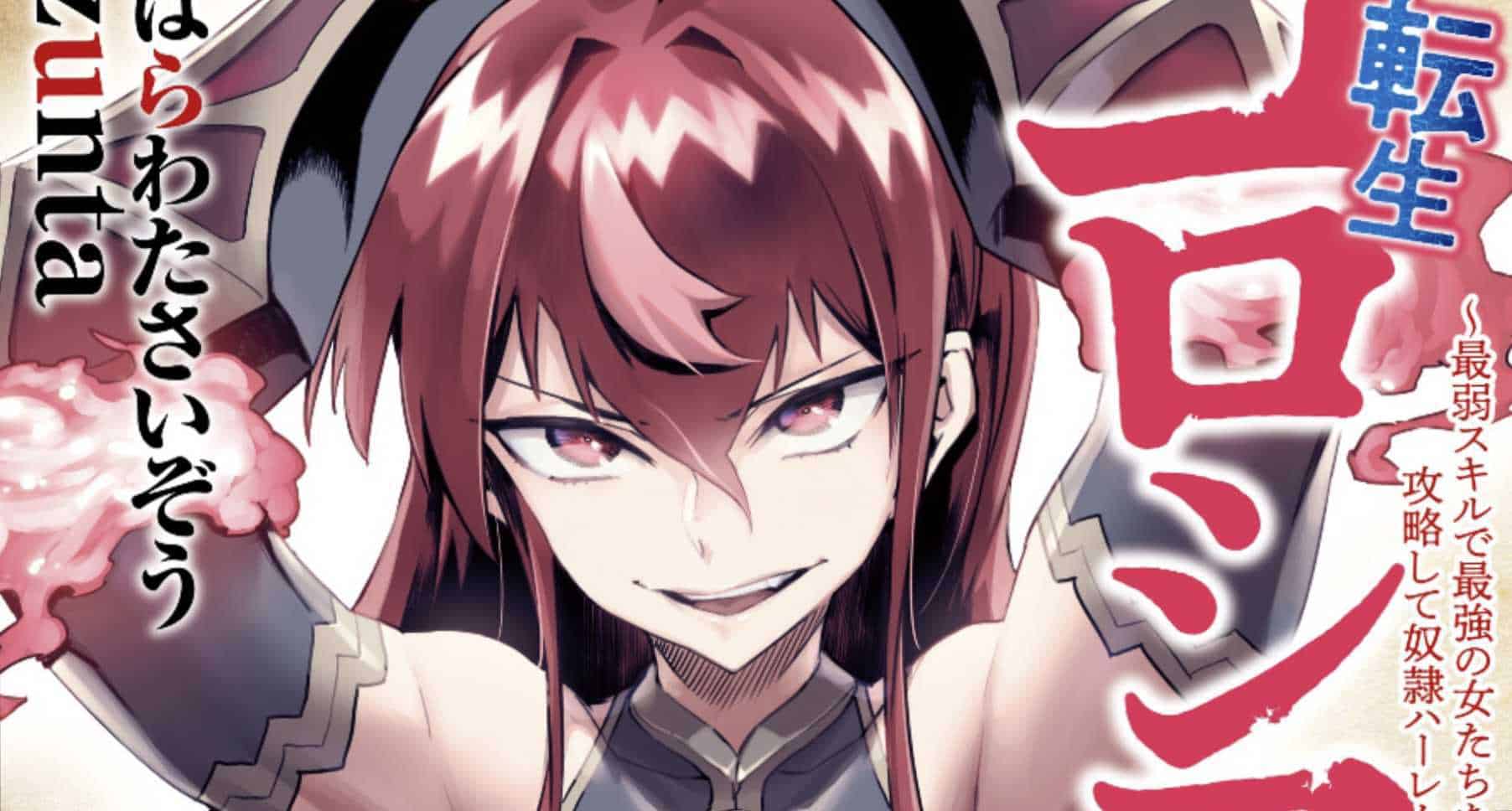
The concept of reincarnation has profound philosophical and ethical implications that have been debated by thinkers throughout history. It challenges our conventional understanding of identity, purpose, and morality, raising fundamental questions about the nature of existence and our place within it.
Identity and the Purpose of Life
Reincarnation suggests that our identity is not fixed and unchanging but rather evolves through multiple lifetimes. This challenges the traditional notion of a singular self and raises questions about the continuity of consciousness and the nature of personal growth. If our essence transcends our physical form, it begs the question: what is the ultimate purpose of our existence?
Responsibility for Past Actions
The concept of reincarnation also raises ethical dilemmas related to responsibility for past actions. If we are reincarnated, do we bear responsibility for the actions committed in previous lives? This question has implications for our understanding of justice and the nature of accountability. It challenges the conventional idea of punishment and retribution, suggesting that our actions may have consequences that extend beyond our current life.
Morality and Justice
The idea of reincarnation can influence our understanding of morality and justice. If we believe that our actions in this life will have consequences in future lives, it may motivate us to act ethically and compassionately. Conversely, it could lead to a sense of fatalism or resignation, believing that our current circumstances are the result of past actions beyond our control.
Conclusion
The philosophical and ethical implications of reincarnation are vast and complex, offering a unique lens through which to examine the nature of our existence and the choices we make. By contemplating these implications, we can gain a deeper understanding of ourselves, our place in the universe, and the profound interconnectedness of all living beings.
Ending Remarks
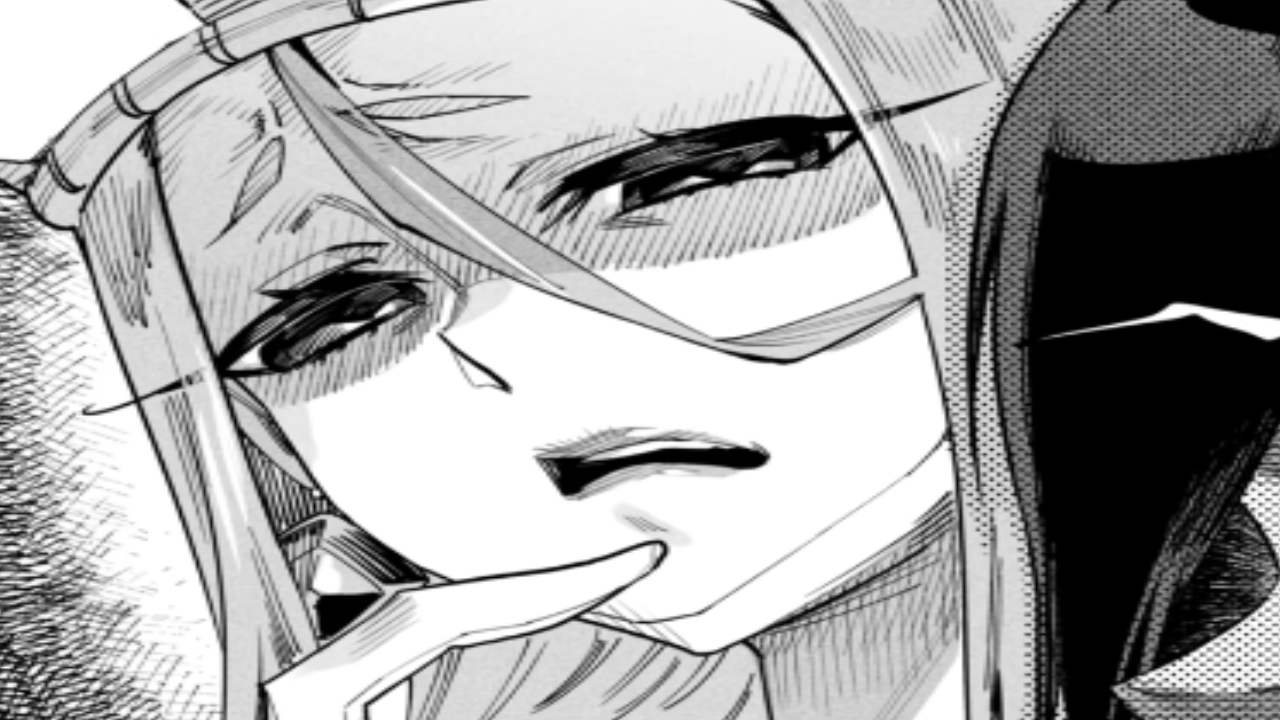
The concept of reincarnation in the Colosseum challenges our understanding of identity, purpose, and morality. It invites us to contemplate the nature of our existence and the interconnectedness of all living things. Through the author’s skillful use of symbolism and imagery, Chapter 6 of “Reincarnation” offers a thought-provoking exploration of this ancient belief, leaving us with a profound appreciation for the enduring power of life and the hope of renewal that lies within us all.